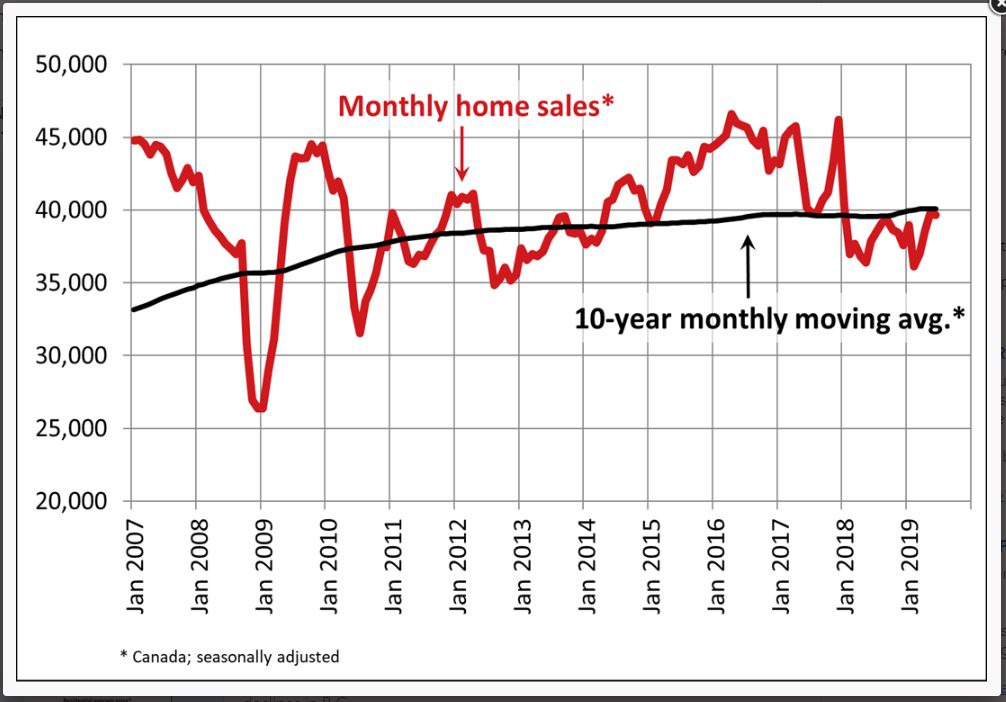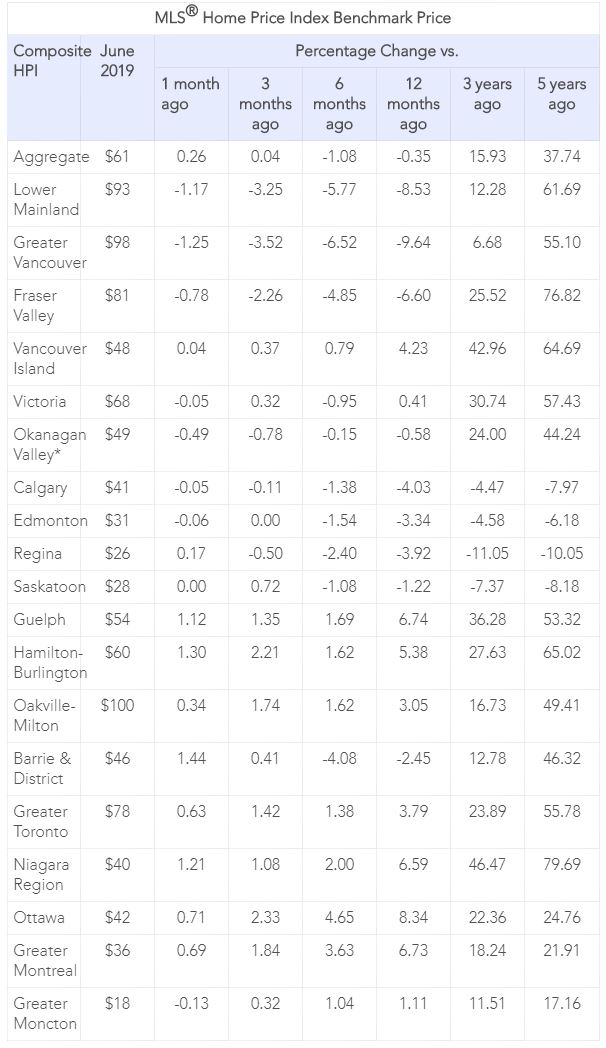3 STEPS TO TAKE YOU FROM PRE-APPROVAL TO GETTING THE KEYS
 Picture this: You’ve finally been able to put away enough for a down-payment on your dream home. It’s taken you five years of diligent saving, but you did it! You have also been diligently working on improving your credit score and paying off debts and are at a place of financial stability. So, first of all, KUDOS TO YOU! Second…now what do you do? Here are the three steps that will take you from browsing new homes to getting the keys to your new place.
Picture this: You’ve finally been able to put away enough for a down-payment on your dream home. It’s taken you five years of diligent saving, but you did it! You have also been diligently working on improving your credit score and paying off debts and are at a place of financial stability. So, first of all, KUDOS TO YOU! Second…now what do you do? Here are the three steps that will take you from browsing new homes to getting the keys to your new place.
STEP 1: PRE-APPROVAL
This should actually be the step BEFORE house hunting. Visiting your mortgage broker to get pre-approved is the first step anyone looking to buy a home should do. When you meet with your broker for the first time they will:
• Have you fill out an application (or you might be able to fill out one online)
• Pull your credit
• Determine what your maximum purchase price will be.
Be aware that you will also be asked for additional information when you visit your broker to apply, including a letter of employment/pay stub, down payment verification, two years notice of assessment and/or T4’s, a void cheque, and a number of other potential documents.
Once you are pre-approved it’s house hunting time for you! The benefit of having this done BEFORE you start looking is that you can work with your realtor to find properties within that price range.
When you do find just the right home for you, it’s on to step two.
STEP 2: APPROVAL
If you were able to provide the bulk of the paperwork for your pre-approval, then it will be smooth sailing from here. You may have to supply a few pieces of updated information but otherwise, it’s up to the lender to do the hard work at this point.
Your application will be re-assessed, and the lender will take a look at the property you are purchasing. Once they confirm that it aligns with the guidelines they have laid out for your loan, then it is sent off to the mortgage default insurer for approval. At this point, make sure that you do not remove the financing condition until all the lender conditions are met.
Now that you have final sign-off and are waiting for the final conditions to be met, it’s on to step three.
STEP 3: FINAL STEPS
Your broker will notify you once the conditions have all been met, and the lender will send the paperwork over to the Lawyer’s office. The lawyer will take a few days to go through the mortgage and prepare it for your final sign off. When you go, you will be asked to present:
• Void Cheque
• Two forms of identification
• Balance of the down payment in the form of a bank draft
On the day of funding, the lender will send the funds to the lawyer who sends them to the seller’s lawyer who upon receiving the funds will give you the all clear.
All that’s left is to hand you the keys to your new home!
As one final step, keep asking questions at each stage of the mortgage process. You should check in with your Dominion Lending Centres mortgage broker if you have any questions along the way. They are happy to guide you through the process of not only getting a mortgage but also having a mortgage too!



